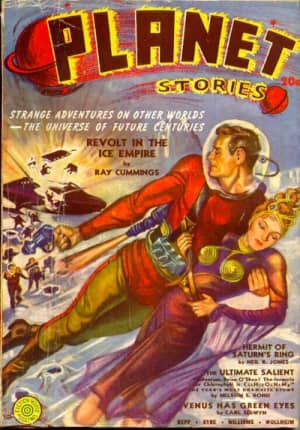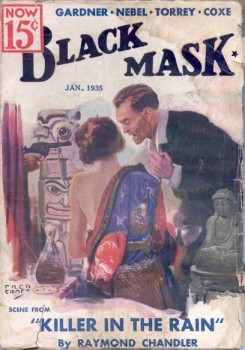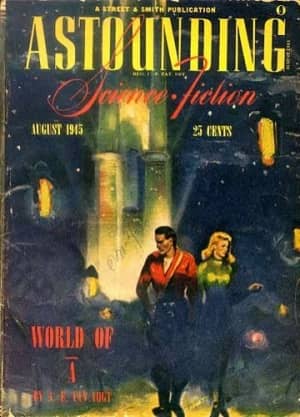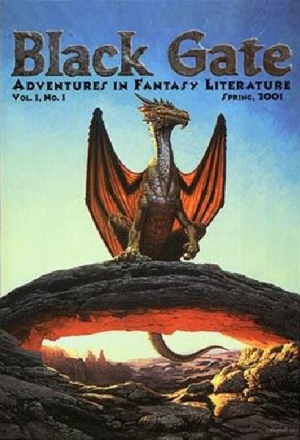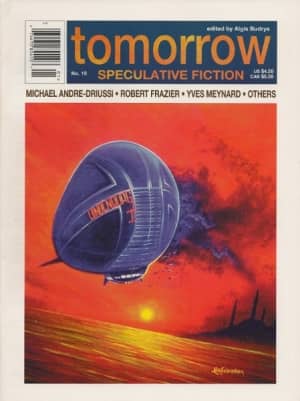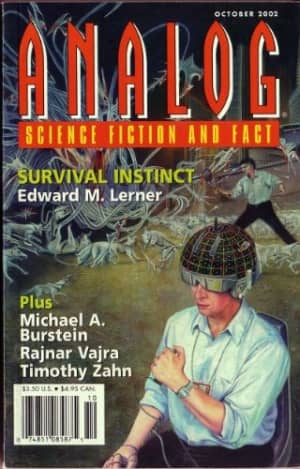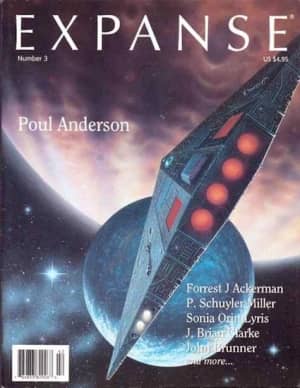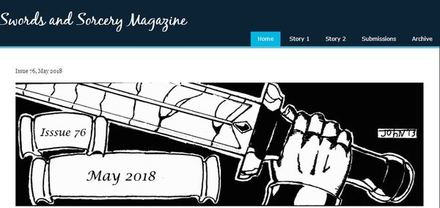Birthday Reviews: Lloyd Arthur Eshbach’s “The Valley of Titans”
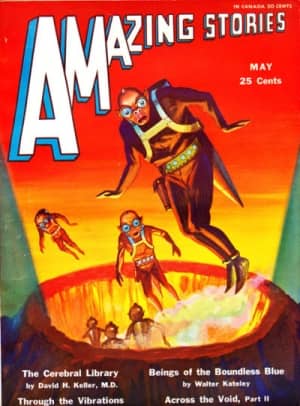
Lloyd Arthur Eshbach was born on June 20, 1910 and died on October 29, 2003.
Eshbach founded Fantasy Press in 1946 and ran it for 9 years, publishing nearly fifty books, including titles by Doc Smith, Stanley Weinbaum, Jack Williamson, A.E. van Vogt, Robert A. Heinlein, L. Sprague de Camp, and others.
Eshbach’s novel The Land Beyond the Gate was nominated for the Compton Crook Stephen Tall Memorial Award. In 1988, he received the Milford Award for Lifetime Achievement, the Gallun Award for contributions to science fiction, and the First Fandom Hall of Fame Award. In 1949, he was the pro Guest of Honor at the Cinvention, the 1949 Worldcon in Cincinnati and in 1995, he was the Publisher Guest of Honor at the World Fantasy Convention.
Originally published as by “L.A. Eshbach,” “The Valley of Titans” originally appeared in the March 1931 issue of Amazing Stories, edited by T. O’Conor Sloane. It was Eshbach’s fourth published story. Interestingly, underneath his byline, the magazine touted him as “Author of ‘A Voice from the Ether’,” which wouldn’t appear until the May issue of the magazine. In 1968, Ralph Adris reprinted the story in the March issue of Science Fiction Classics.
“The Valley of Titans” is less a story and more a travelogue. Eshbach’s narrator, James Newton, has been sent to fly over the Himalayas to discover what has happened to several missing airplanes. His own plane is forced down in an horrific storm and he discovers a lost valley high in the mountains. This valley has less in common with the Himalayan Shangri-La (and actually pre-dates Hilton’s novel by two years) and more in common with the Plateau of Arthur Conan Doyle’s The Lost World.
